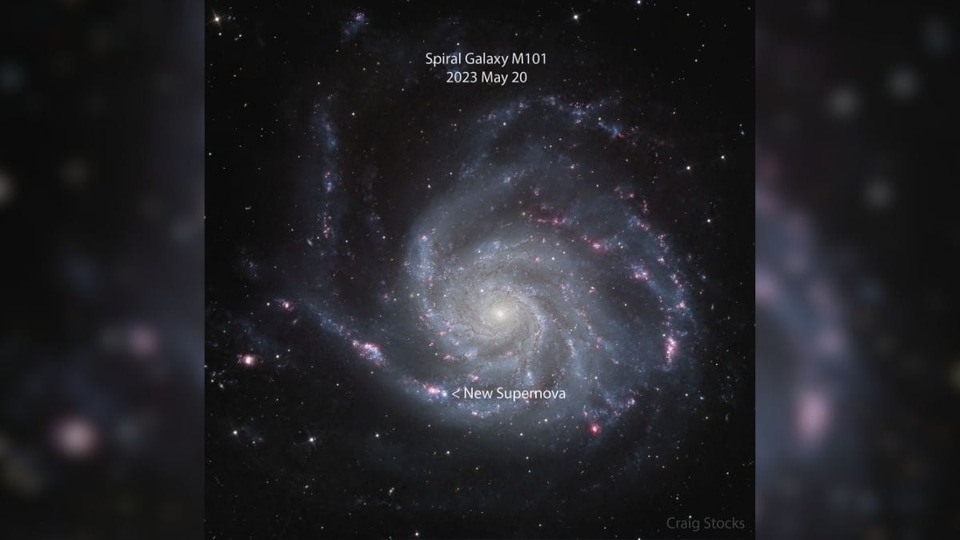Eye-catching NASA Astronomy Pictures of the Week: Jupiter’s swirls, Virgo Galaxy Cluster, and more
NASA regularly publishes images of various celestial objects as part of its Astronomy Picture of the Day project, featuring astrophotographers from around the world. This week’s best pictures include stunning snapshots of Jupiter’s swirls, the Virgo Galaxy Cluster, and more.
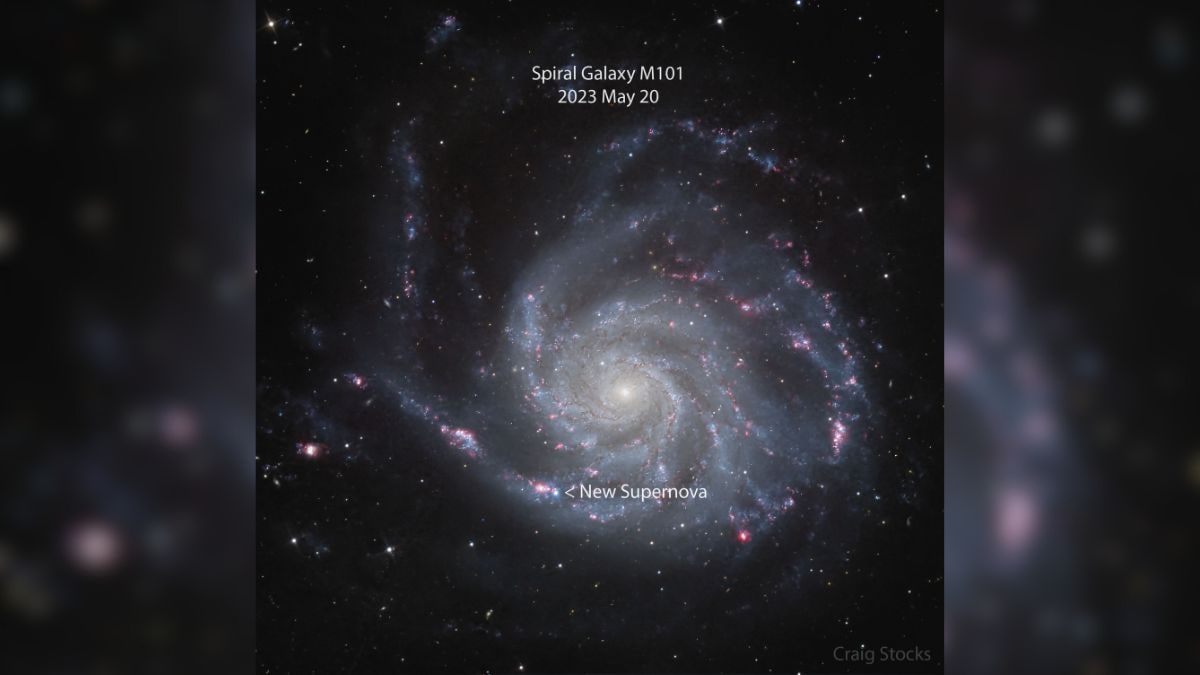
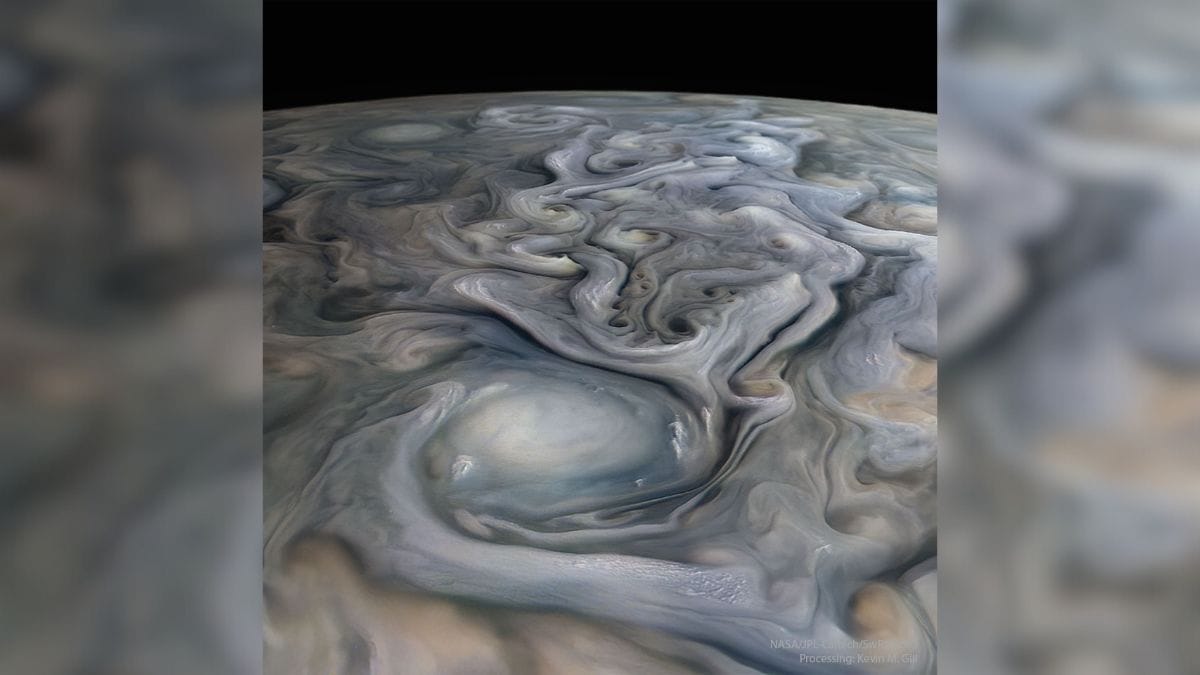
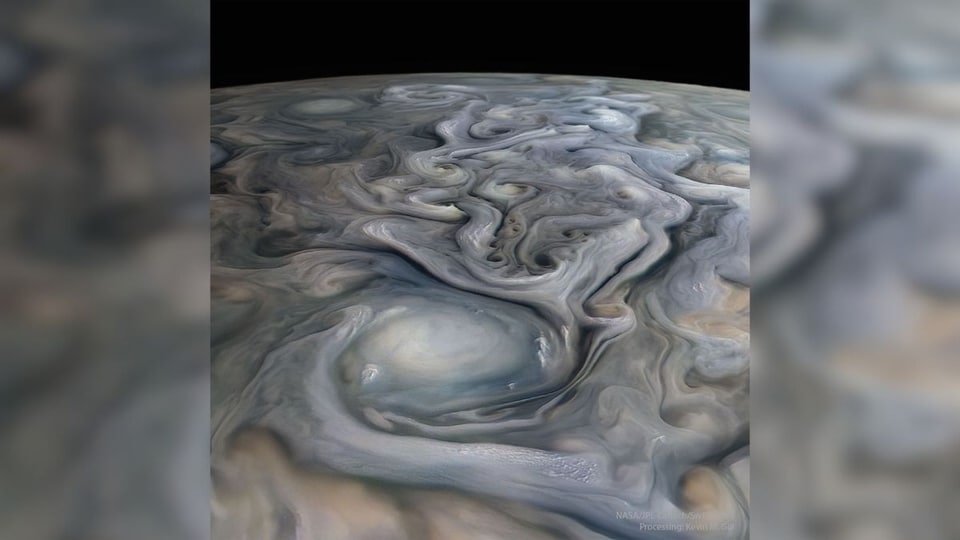

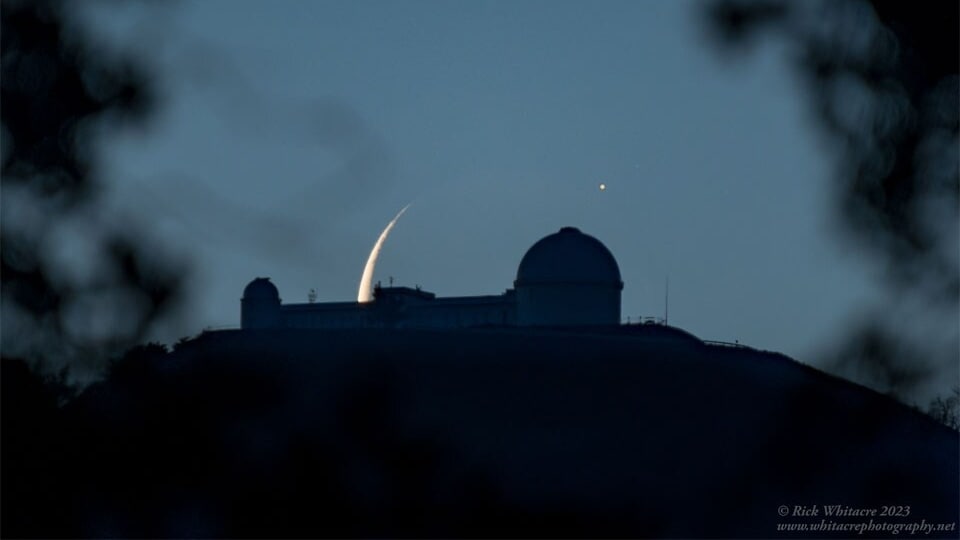
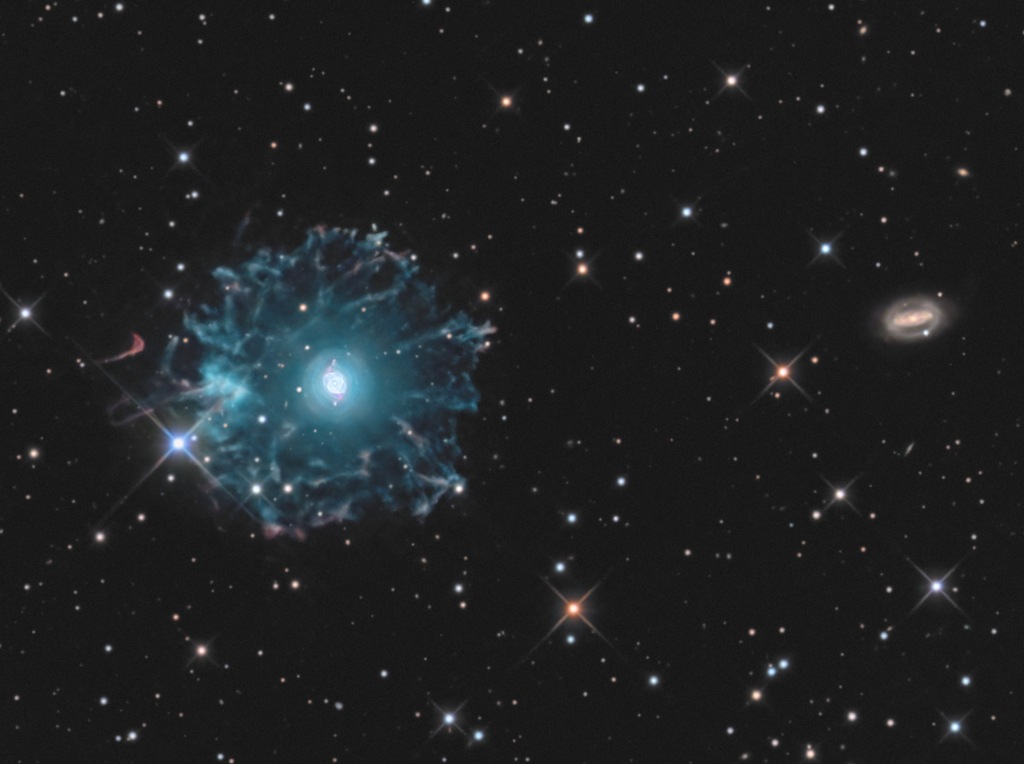
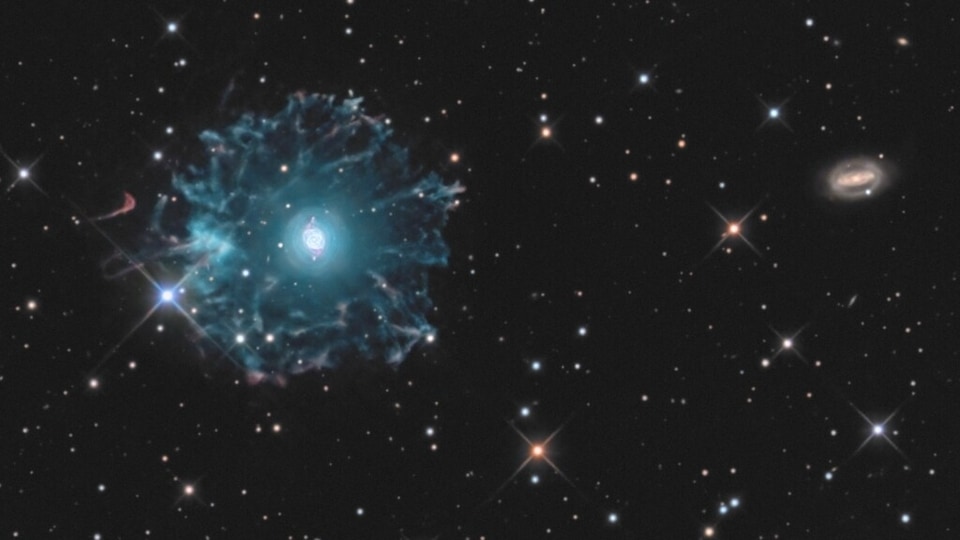
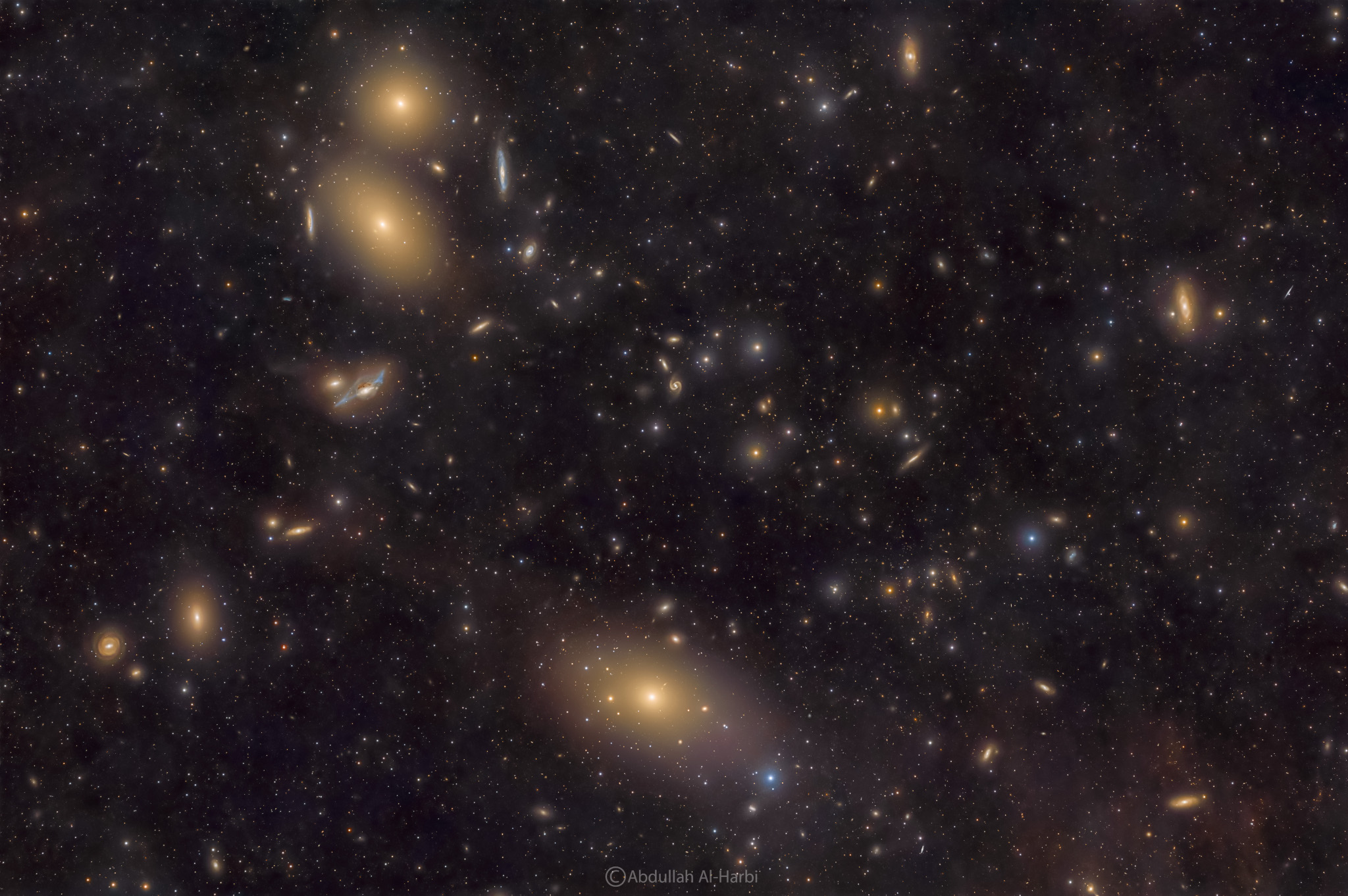
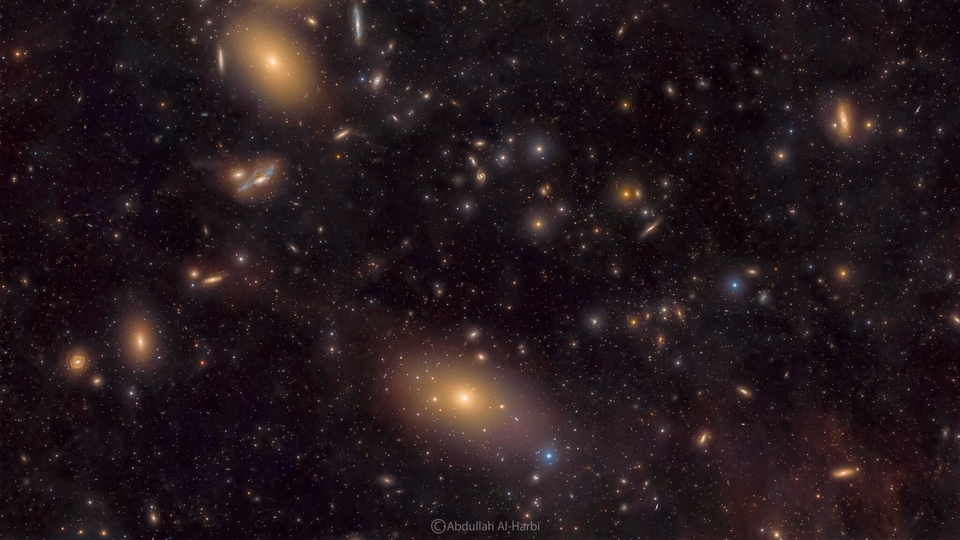
First Published Date: 26 May, 15:16 IST
NEXT ARTICLE BEGINS


